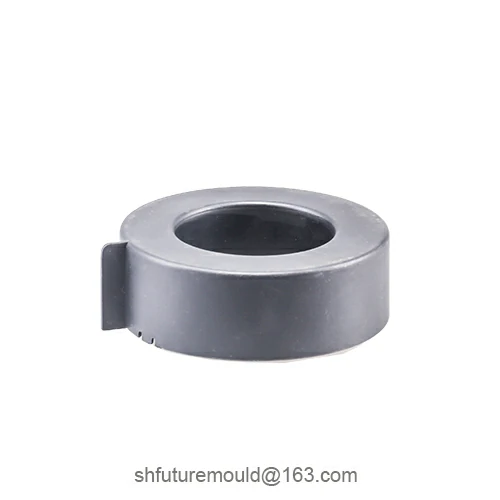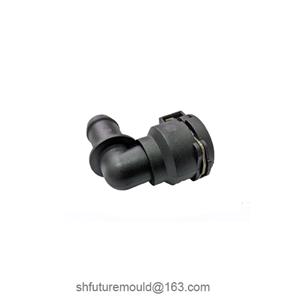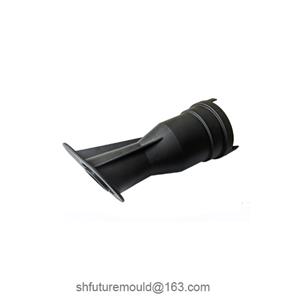Industry News
-
What Are the Key Factors in Designing Multi-Cavity Molds?
Designing multi-cavity molds requires balancing product consistency, technical specifications, mold structure, runner systems, process parameters, material properties, and manufacturing/assembly precision.
08-05-2025 -
How to Evaluate the Quality of an Injection Mold
To assess the quality of an injection mold, focus on four stages—design, manufacturing, trial molding, and mass production—combining quantitative testing and qualitative evaluation to ensure stable and efficient performance throughout its lifecycle.
07-05-2025 -
Key Points of Injection Mold Trial
An injection mold trial is a critical phase in transforming mold design outcomes into qualified products. It not only verifies the mold's machining accuracy and the rationality of systems such as venting and cooling but also aims to rapidly identify optimal process conditions through parameter optimization. This ensures single-shot molding success, shortens trial cycles, and reduces overall costs.
07-05-2025 -
Injection Mold Date Stamp
The injection mold date stamp is an information device on the mold used to mark production year and month. Imprinting date codes on plastic parts facilitates production batch tracing and quality management. A well-designed date stamp enables fast, accurate, and stable date marking, providing reliable support for quality control and after-sales services.
06-05-2025 -
What is the maximum wall thickness allowed in injection molding?
Injection molding can theoretically produce thick-walled products, but for quality and efficiency considerations, the general design recommendation is to maintain an overall wall thickness of approximately 1-4 mm. If localized thicker designs are necessary, they should typically be limited to 6-8 mm. Exceeding this range requires specialized process design and validation.
06-05-2025 -
Requirements for Seal Grooves in Injection Mold Cooling Systems
In injection mold cooling systems, the design of seal grooves is critical to ensuring coolant channel sealing and cooling efficiency. Poorly designed seal grooves can lead to coolant leakage, reduced cooling performance, and even compromise mold lifespan and product quality.
30-04-2025 -
Principles of Ejector Pin Layout in Injection Molds
In the injection molding process, ejector pins, as the core components of the ejection mechanism, are responsible for uniformly ejecting the molded product from the mold. A well-designed ejector pin layout not only ensures scratch- and deformation-free products but also reduces mold wear and extends service life.
30-04-2025 -
Ocean Shipping Packaging for Injection Molds
Injection molds are large in volume and mostly made of high-precision steel structures. During ocean transportation, they are prone to moisture, collisions, and vibrations. Inadequate packaging can lead to rust, deformation, or even mold damage.
29-04-2025 -
The gas-assisted injection molding (GAIM)
Gas-Assisted Injection Molding (GAIM) is an advanced plastic processing technology that optimizes product structure, reduces material consumption, and improves molding quality by injecting high-pressure gas.
29-04-2025 -
What are the functions of spray painting on injection-molded parts?
Spray painting on injection-molded parts not only enriches the product's appearance but also endows the components with various functions and enhances their performance.
28-04-2025




